ntdll (in win10 1607) export next API BOOLEAN NTAPI RtlAreLongPathsEnabled(); - so you can call this. it return TRUE if LongPaths Enabled
here code spinet - if RtlAreLongPathsEnabled returned false - STATUS_NAME_TOO_LONG (c0000106) is returned

system need convert Win32 path to NT path before use it in any file functions, which call kernel. this is done by calling RtlDosPathNameTo*NtPathName* . this functions, if see that path exceeds MAX_PATH (~) - called RtlAreLongPathsEnabled() and continue work only if function return TRUE. in case false - STATUS_NAME_TOO_LONG returned.
code of RtlAreLongPathsEnabled is simply - when first time called - it check registry (and only registry) and save result. not looking for manifest at all. here exactly code of function:
BOOLEAN RtlAreLongPathsEnabled()
{
static BOOLEAN init;
static BOOLEAN elp;
if (!init)
{
init = true;
HANDLE hKey;
KEY_VALUE_PARTIAL_INFORMATION kvpi;
STATIC_OBJECT_ATTRIBUTES(FileSystemRegKeyName, "\\registry\\MACHINE\\SYSTEM\\CurrentControlSet\\Control\\FileSystem");
if (0 <= ZwOpenKey(&hKey, KEY_READ, &FileSystemRegKeyName))
{
STATIC_UNICODE_STRING(LongPathRegKeyValue, "LongPathsEnabled");
if (0 <= ZwQueryValueKey(hKey, &LongPathRegKeyValue, KeyValuePartialInformation, &kvpi, sizeof(kvpi), &kvpi.TitleIndex) &&
kvpi.Type == REG_DWORD && kvpi.DataLength == sizeof(DWORD))
{
elp = *(DWORD*)kvpi.Data != 0;
}
ZwClose(hKey);
}
}
return elp;
}
so my conclusion - in current build long path behavior dependent only from registry settings and absolute not depended from application manifest, despite MSDN.
for down votes - for me simply interesting - are somebody from you build test app (with and without manifest) and test this yourself , or you can only read documentation ?
for those who find it difficult, or too lazy to write the code yourself. you can test with this code:
BOOL CreateFolder(LPCWSTR lpPathName)
{
return CreateDirectoryW(lpPathName, 0) || GetLastError() == ERROR_ALREADY_EXISTS;
}
void LPT()
{
WCHAR name[128], path[0x8000], *c;
if (!SHGetFolderPath(0, CSIDL_PROFILE , 0, 0, path))
{
*name = '\\';
__stosw((PUSHORT)name + 1, '3', RTL_NUMBER_OF(name) - 2);
name[RTL_NUMBER_OF(name) - 1] = 0;
c = path + wcslen(path);
int n = 4;
do
{
memcpy(c, name, sizeof(name));
c += RTL_NUMBER_OF(name) - 1;
if (!CreateFolder(path))
{
break;
}
} while (--n);
if (!n)
{
wcscpy(c, L"\\1.txt");
HANDLE hFile = CreateFileW(path, FILE_GENERIC_WRITE, FILE_SHARE_VALID_FLAGS, 0, OPEN_ALWAYS, 0, 0);
if (hFile != INVALID_HANDLE_VALUE)
{
CloseHandle(hFile);
return ;
}
}
}
GetLastError();
}
and test it with <ws2:longPathAware>true</ws2:longPathAware> in manifest and LongPathsEnabled==0 in registry. it fail ? and then test it without manifest but with LongPathsEnabled==1 in registry. worked ?
if so i test on windows 10. version 1607. build 14393.0
on win10 1709 implementation changed: now RtlAreLongPathsEnabled is very simply:

BOOLEAN RtlAreLongPathsEnabled()
{
return NtCurrentTeb()->ProcessEnvironmentBlock->IsLongPathAwareProcess;
}
in previous build was:



